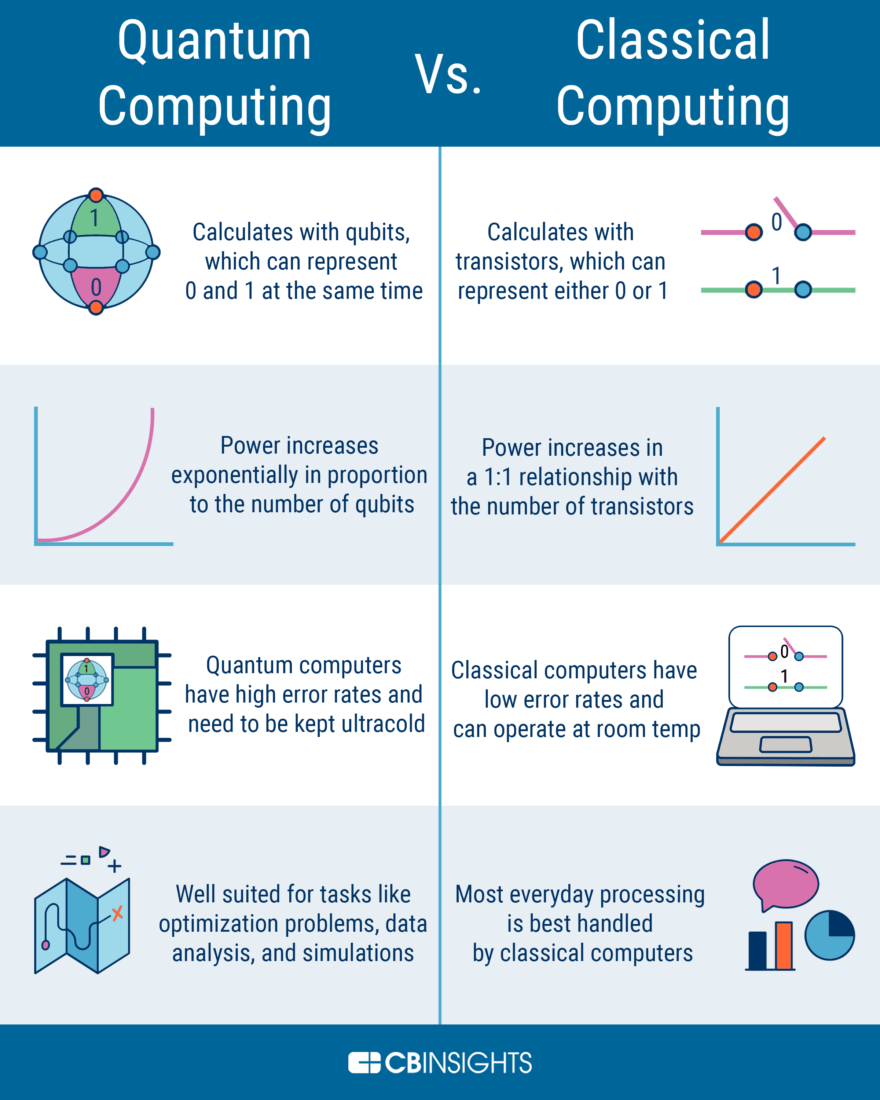The field of computing has witnessed monumental strides over the last few decades, but two paradigms have stood out prominently: quantum computing and supercomputing. Each approach represents a unique philosophy in tackling complex problems, yet they operate on fundamentally different principles. This discourse will dissect the variance between quantum computation and supercomputing, while engaging with a thought-provoking question: Can a quantum computer outpace the most powerful supercomputer in solving real-world problems? Through this examination, we shall unveil the intricacies that delineate these two realms of advanced computation.
At its core, supercomputing is characterized by the sheer horsepower of multiple interconnected processors working in tandem to execute exceedingly complex calculations. These machines are typically designed to handle linear computations that can be divided into smaller tasks, allowing for parallel processing. Supercomputers utilize traditional bits as the fundamental unit of information, representing binary states of 0 and 1. An illustrious exemplar of supercomputing is the Summit supercomputer, renowned for its ability to execute over 200 petaflops, or 200 quadrillion calculations per second. Such capabilities position supercomputers as indispensable for tasks ranging from climate modeling to large-scale simulations in physics and drug discovery.
On the other hand, quantum computing embraces a radical departure from classical computation through the adoption of quantum bits, or qubits. Unlike conventional bits that assume a definitive state, qubits can exist simultaneously in multiple states due to the principles of superposition and entanglement. This allows a quantum computer to process vast amounts of information at unprecedented speeds, significantly expediting problem-solving for certain classes of problems. For instance, Shor’s algorithm, utilized for integer factorization, demonstrates that quantum computers can outpace supercomputers in efficiency when tackling certain mathematical challenges.
The paradigmatic difference between the two models mirrors the difference between classical and quantum physics. In classical physics, objects have definite properties, while in quantum mechanics, particles exhibit probabilistic behaviors. Herein lies a fundamental challenge for quantum computing: the phenomenon known as decoherence. As qubits interact with their environment, they tend to lose their quantum state, thereby diminishing computational fidelity. Moreover, achieving practical fault tolerance remains an ongoing quest in the quantum community, which poses significant hurdles in crafting reliable quantum systems that could outperform existing supercomputers consistently.
Furthermore, the applicability of each approach to specific problems reveals stark contrasts. Supercomputers excel in tasks that require brute-force calculation, where massive parallel processing is instrumental. For example, the simulation of molecular dynamics or the rendering of complex visual environments flourish in the milieu of supercomputing due to its established infrastructure and optimization for such tasks. Conversely, quantum computing is poised to revolutionize areas such as cryptography and complex optimization problems. The quantum approach offers potential breakthroughs in solving problems involving non-linear dynamics or combinatorial optimization, which are often infeasible for classical systems.
It becomes essential to recognize the different levels of maturity in these two technologies. Supercomputing is a well-established field, with mature software ecosystems and extensive expertise available for algorithm development. In stark contrast, quantum computing is nascent and, while burgeoning rapidly, it still finds itself grappling with fundamental theoretical and practical challenges. Companies like IBM, Google, and several academic institutions are rigorously exploring quantum algorithms, but the field remains in an experimental phase where the true “quantum advantage” has yet to be conclusively established.
As we contemplate the interplay between these paradigms, one must consider how hybrid models might evolve in the future. Could a future wherein quantum and supercomputing symbiotically coexist, each enhancing the other’s capabilities, emerge? The integration of quantum processors as components within supercomputers might enable unprecedented feats of computation, allowing users to harness the strengths of both approaches. One proposed direction involves developing quantum algorithms compatible with classical architectures, potentially leading to a unification of computing paradigms that transcends their individual limitations.
Now, let us ponder an engaging question: In a race to solve the grand challenges of our era, such as climate change or discovering new medications, what would be the impact if quantum computers could consistently outpace supercomputers? Would we witness a renaissance in scientific inquiry and technological advancement? Or would the ethical and moral implications of such power lead to trepidation and apprehension within society? The ramifications of quantum advancement could reshape not only the scientific landscape but also the societal fabric. Should we readily embrace this shift, or tread cautiously as we anticipate the implications?
In conclusion, while quantum computing and supercomputing present divergent methodologies and operational frameworks, they share the common objective of pushing the frontier of human knowledge and capability. Supercomputing continues to dominate in terms of established use cases and robust infrastructures, while quantum computing tantalizes the imagination with prospects of revolutionary applications. Both disciplines hold immense potential to tackle some of humanity’s most pressing challenges, and the future may very well lie in their convergence. Ultimately, by offering unique solutions to different problems, these computing paradigms will contribute significantly to our understanding of the universe, reflecting the quintessential spirit of human inquiry and innovation.












